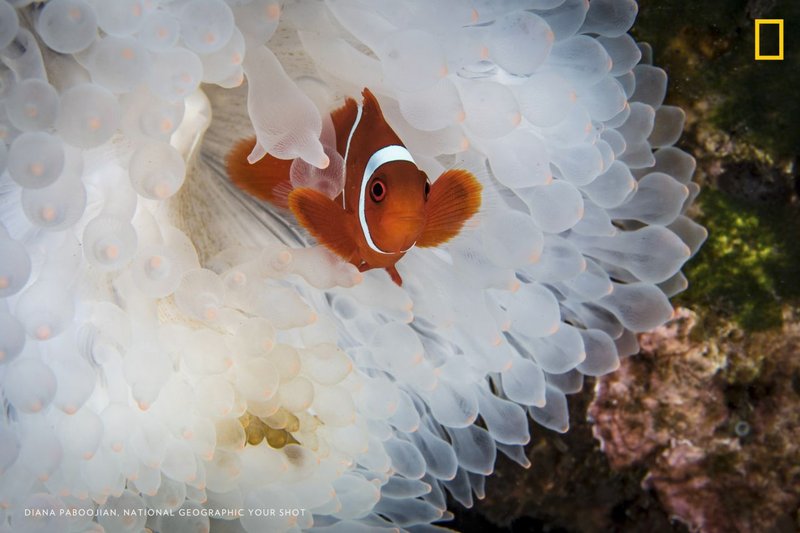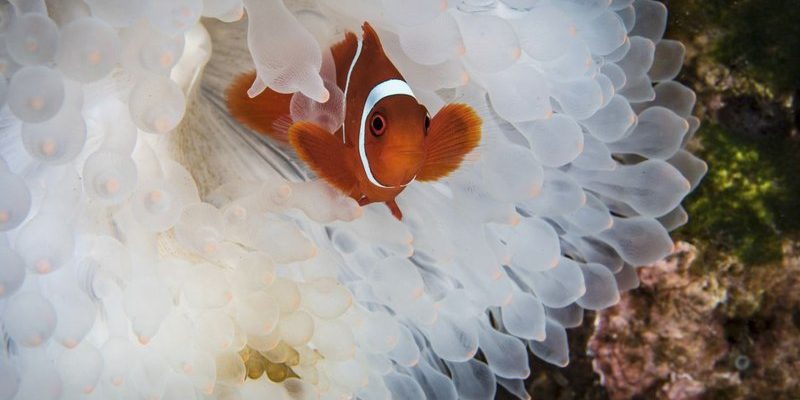
Think of climate change as a disruptive force, shaking up the delicate balance of ecosystems. As temperatures rise and ocean conditions change, it affects everything from food sources to breeding patterns. These shifts can have a ripple effect, changing the way anchovies—and many other marine species—thrive in their environments. So, let’s break down how these tiny fish are being affected by the conditions we’re creating.
Impact of Rising Ocean Temperatures
Rising ocean temperatures are one of the most pressing issues caused by climate change. Just like people, anchovies are sensitive to temperature changes. They thrive in specific temperature ranges, and when the water gets too warm, it can disrupt their natural behaviors. For example, spawning—when anchovies reproduce—can be severely impacted.
Warmer waters may lead to earlier spawning times or drastically change where these fish lay their eggs. If the babies hatch in less suitable conditions, their survival rates can plummet. With the anchovy population primarily relying on favorable temperatures to reproduce successfully, a rise of even a few degrees can throw a wrench in their life cycle.
Additionally, warmer waters can lead to the growth of harmful algal blooms. These blooms consume oxygen and create dead zones, making it difficult for anchovies and other marine life to survive. If you’re picturing a thriving school of anchovies, warmer oceans might paint a different picture of struggle and survival instead.
Changing Ocean Currents and Habitats
Ocean currents act like highways for marine life, including anchovies. These currents help distribute nutrients and maintain temperature balances. However, climate change alters these currents, affecting the habitats where anchovies live and feed. When currents change, the distribution of plankton—the anchovy’s primary food source—also shifts.
Anchovies depend on plankton blooms, which flourish under specific conditions. If the currents shift away from their usual paths, anchovies might find themselves in areas where food is scarce. Imagine wandering through your favorite grocery store and finding it completely rearranged—frustrating, right? That’s how anchovies might feel when their food sources are suddenly out of reach.
In some cases, anchovies might try to adapt by moving to new areas. However, this can be a double-edged sword. If they migrate to find better conditions, they could end up competing with other species, which can lead to overpopulation or stress on the ecosystem. It’s a tricky balance that can have long-lasting effects.
Acidification and Its Effects on Anchovy
Ocean acidification is another significant concern linked to climate change. As the atmosphere warms, more carbon dioxide is absorbed by the oceans, resulting in higher acidity levels. This can be detrimental to many marine species, including anchovies.
Higher acidity can affect the sensory systems of anchovies, making it tough for them to detect predators or locate food. Essentially, it’s like losing your sense of smell in a crowded room—you might not notice when danger is lurking nearby, or you might miss out on a delicious meal.
Moreover, acidification can harm the tiny organisms anchovies rely on for food, further endangering their populations. Reduced access to the right food can hamper their growth and ability to reproduce, which puts their long-term survival in jeopardy.
Decline in Anchovy Populations
With all these factors at play, it’s no wonder that some anchovy populations are declining. In areas where they once thrived, you might notice fewer anchovies in recent years. This decline can have far-reaching effects on the marine food web.
Anchovies are a crucial food source for larger fish, seabirds, and marine mammals. If their populations shrink, it can create a domino effect that impacts various species up the food chain. For instance, if more predators are scrounging for a dwindling supply of anchovies, they might struggle to find enough to eat, leading to further population declines.
It’s a challenging scenario, and it underscores the importance of taking action on climate change. When we protect anchovies, we’re not just safeguarding one species; we’re ensuring the stability of entire marine ecosystems.
The Role of Human Activity
Human activity plays a significant role in exacerbating the effects of climate change on anchovies. Overfishing, pollution, and habitat destruction can worsen the challenges these fish face.
Overfishing can deplete anchovy populations faster than they can replenish themselves, especially when climate conditions already put stress on their numbers. Additionally, pollution from coastal cities can lead to toxic runoff, further impacting their breeding grounds and food supplies.
This reality serves as a reminder that our actions have consequences. By acknowledging our role and working to reduce pollution and overfishing, we can help create a sustainable future for anchovies and our oceans.
Conservation Efforts and Hope for Anchovy Populations
Despite the challenges, there’s hope. Many organizations are dedicated to studying the impact of climate change on anchovies and advocating for their conservation. Initiatives aimed at reducing carbon emissions and protecting marine ecosystems are crucial for the long-term survival of anchovies and other marine life.
Sustainable fishing practices are also essential. By supporting regulations that prioritize anchovy populations, we can help ensure that they’re not overfished while also allowing them to adapt to changing conditions.
Public awareness plays a vital role in driving conservation. The more people understand the impact of climate change on species like the anchovy, the more likely they are to support efforts aimed at protecting our oceans. It’s about collective action, and every bit helps.
Climate change is reshaping the world around us, and the anchovy is just one species feeling the impact. With rising temperatures, changing currents, and increasing acidity, these small fish face numerous challenges that threaten their survival.
It’s not just about anchovies; it’s about the whole marine ecosystem and our shared responsibility to protect it. By understanding how climate change affects anchovies, we can take steps towards creating a healthier ocean for today and future generations. Let’s work together to safeguard these tiny fish and the vital role they play in our oceans. After all, the health of our seas reflects the health of our planet.

